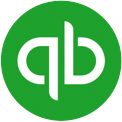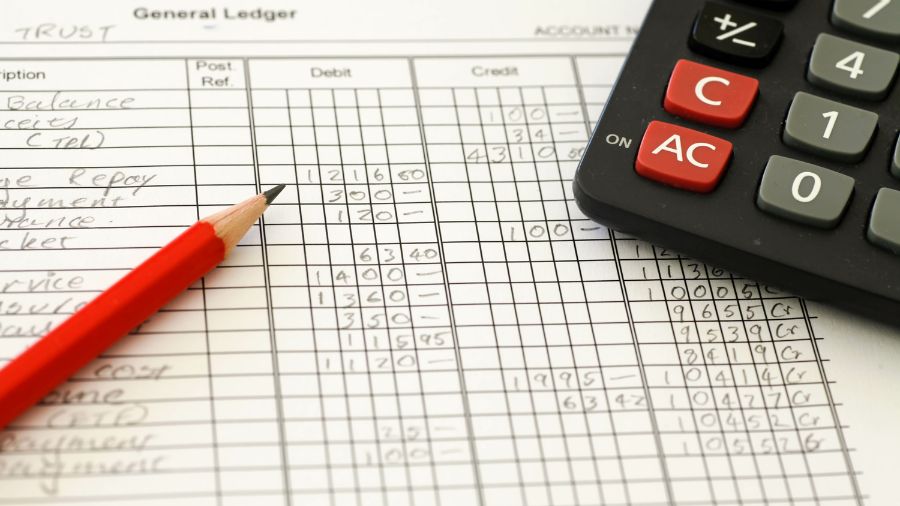Doubtful Debts and Contra Assets
A doubtful debts contra account allows for future write-offs of accounts receivable. Although you have not officially written off these debts yet, you show them to be a negative balance because you don’t believe the customer will pay you.
For example, if your business has accounts receivable of $50,000 and an allowance for doubtful debts account totalling $5,000, the net accounts receivable is $45,000. In this way, a contra asset (credit) lowers the overall value of your accounts receivables (debit) on the balance sheet.
Showing contra assets on your balance sheet allows potential investors to see how you write-down a depreciable asset, such as a piece of equipment. Contra assets give investors a better picture of how you use your assets over time.
Illustrating Contra Accounts
If the balance in your allowance for doubtful accounts has a credit of $1,000 and your accounts receivable has $20,000 in normal debit balance, then the net value of the receivables is $19,000.
The contra asset account, which is allowance for doubtful accounts, indicates the original (gross) amount you report in the accounts receivable. It also shows the carrying (net) amount of $19,000, which you report to your firm’s balance sheet.
In a sales returns and allowances contra revenue account, you offset the balance in the sales revenue account. When the contra account reads $500 and the normal credit balance is $100,000, then your net sales are $99,500. This indicates that out of $100,000 sales, your customers return goods valued at $500.
The contra asset account of your equipment account is the accumulated depreciation of equipment. When the balance in the accumulated depreciation is $10,000 and your equipment account has a debit balance of $50,000, then the book value of your equipment is $40,000.
How to Present Contra Accounts on Financial Statements
Make sure that you report contra accounts on the same financial statement as the related accounts. If you’re the one managing your company’s books of accounts, be sure to report the contra account on your financial statement on the line item directly beneath the main account.
For example, when a line item on your balance sheet presents the balance of accounts receivable, report the value of allowance of uncollectible accounts below the accounts receivable line. Be sure to enter the contra account on the opposite column of the account they’re offsetting. If contra assets appear in the credit column, record contra liabilities on side.
You may use accounting software packages, such as QuickBooks Online to set up contra accounts. Simply hit Control + N under the Chart of Accounts or Edit, then click New (to create a new account). Enter the type of contra account when prompted and give it a name such as “Allowance for Spoilage and Blemished Items.” Ensure that you create the same type as the paired account and always apply credits to asset accounts and debits to liability accounts.




